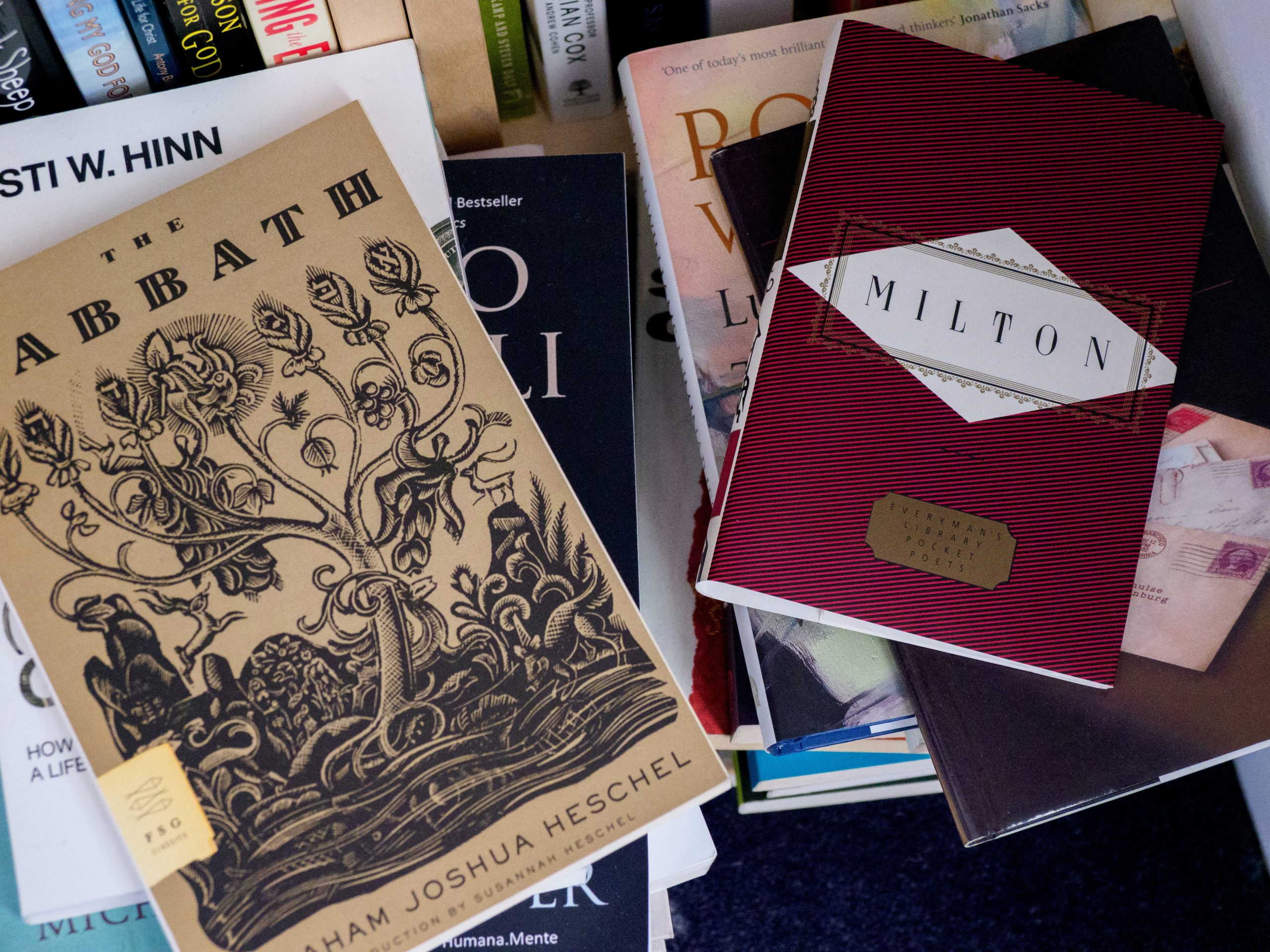Probably the best example of the pitfalls of judging a book by its cover is the fluffy Bible. It is the New International Version in pink faux fur with blue sparkly lettering, and available for purchase at £13.99 from most good bookshelves. Surprisingly, the text within the fluffy (that is its official name) Bible is identical to any other NIV Bible on the market and the cover has absolutely nothing to do with its contents. Whilst the fluffy Bible is a rather extreme example, some book covers are a thing of beauty whilst others slightly miss the mark.
When I arrived at Oxford (I am a first year studying CAAH), I excitedly looked at my first reading list and encountered the Loeb Classical Library. For the uninitiated, these are small books containing both the original text and a translation into English which are helpfully colour-coded into red for Rome and Green for Greece. The volumes are usually arranged in libraries and bookshops by colour and era, so the bookshelves they are displayed on look incredibly striking. Of course there are online versions of these texts that are equally useful and less challenging to obtain, but that is not the point. When I flip through one of these little books (I own one), I feel like I know what I’m doing. This sounds ridiculous but the simple design and the small typeface evokes a rather strange feeling of professionalism that I do not get from the Penguin Classics or the other covers of translations I have encountered. This might be because I have seen them in the college library, but I feel that the covers do play a significant part. They do not have attractive illustrations because they do not need to attract an audience, because the Loebs already have a captive group of anyone who might need a translation of an ancient text. To judge these books by their covers would be a singular error, because the entire point of the Loebs are the texts within.
On the other end of the spectrum are the collectable editions of Penguin Classics. Ordinarily, the paperback editions of these books would be minimalist with a thick black band along the bottom with white and orange text with the title of the book and the author or translator. The only distinguishing feature between all of these black books is the cover art which is often a piece of well known art that relates to the themes of the book. The hardback collectors’ editions are completely different. They are cloth bound and are decorated with a brightly coloured repeating pattern that sometimes relates to the contents of the book but could be abstract. For example, the Penguin edition of Frankenstein has a repeating pattern of a human heart whilst the Communist Manifesto has a more abstract geometric pattern. They are high quality and often expensive when compared with their paperback cousins, but the aesthetically pleasing nature of the covers means that they are in high demand.
This brings us to the question of aesthetic over content. If these books are produced to be collectable, then surely it brings the question of whether the art on the covers is either obscuring or overshadowing the message of the book within it. It is very difficult to ascertain whether a book is purchased either for the content or the cover art which is designed to be appealing to sell more copies to the general public regardless of the quality of the prose. Bad cover art or quality of book jacket design can often be a barrier to the consumer. For example, many books meant for the academic market (as mentioned previously) are often very minimalist in their approach to jacket design. This may put the reader in the general public off reading these texts, as they genuinely do not look as appealing as a more modern work of popular science or history. I do not mean to offend with this statement; a badly designed piece of cover art often impacts my perception of a book before I start to read it. The idea of lacklustre cover art can often be associated with a movie or book tie in. This is not always negative for the consumer when the cover art reflects a commercial success such as Lord of the Rings or Blade Runner. But, if a film fails to reflect the popularity of the book, a cover tie in can seem rather money grabbing on the part of marketing executives as it is forcing the reader to engage with a piece of advertising for something that they have already seen and disliked or something that they will never watch.
Judging a book by its cover can be a minefield for the consumer, for the reasons outlined above and more. The pull of highly decorative collectors editions can often drag the reader away from something they might enjoy more, purely because the publisher has spent more money on creating a beautiful book that will look nice on a shelf or coffee table. However, this emphasis on cover design can also lead to confusion. I find it very difficult to believe that the Bible would be judged by its glittery, pink fluffy cover, but I am open to the idea that the consumer might struggle to find divine inspiration from something so bizarrely presented.

